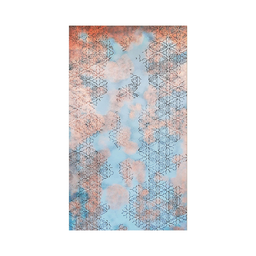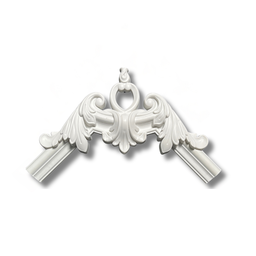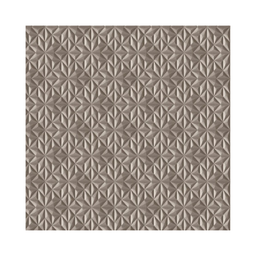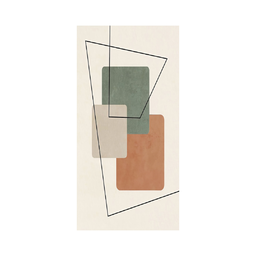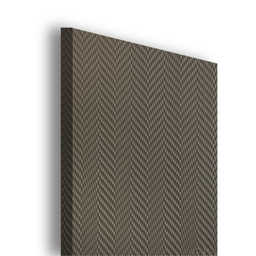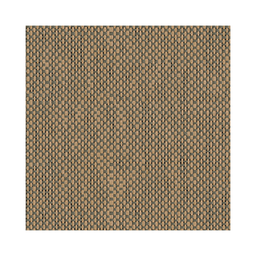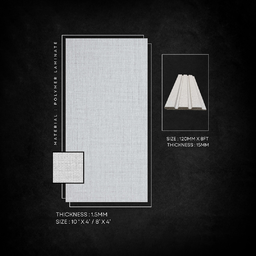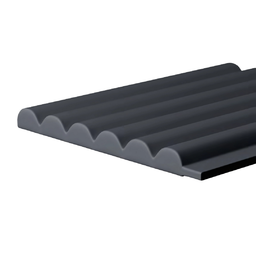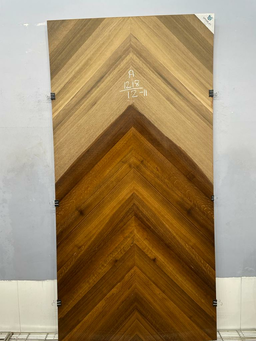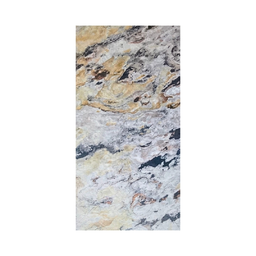Get to know the key differences between these versatile surface materials to make a better choice!
Wood veneer is known to be the most popular surfacing material or layers that help beautify homes, offices, and other establishments. Wood veneer sheets are typically classified into two categories namely - natural wood veneer and engineered wood veneer. While the appearance of these two veneer types is mostly identical, there are some obvious differences you must know about!
Keep reading to know more about natural and engineered wood veneer for making the suitable choice as per one’s requirements:

What is natural wood veneer?
Natural wood veneer is obtained from logs of trees. They have distinctive patterns or markings based on soil compositions, geographic location, and more such conditions.
What is engineered wood veneer?
Engineered wood veneer is a man-made veneer that is reformed and reprocessed to achieve a pre-designed look.
Natural vs engineered wood veneer: What’s the difference?
Here are the 3 key differences between the natural and engineered veneer:
Production Process

- Natural wood veneer is crafted from the log of trees and is generally sliced into thin slices or sheets. These veneer sheets are mostly pressed onto or used as lamination for thicker materials like plywood, MDF, and particle board for forming structured panels that are mostly used as an alternative to hardwood lumber.
- Engineered veneer sheets are sliced or obtained from renewable tree types. These slices are then dyed, dried, and pasted or glued together as blocks in different shapes. These blocks are once again sliced and glued as per the texture and pattern requirements. The finished product can appear identical to natural wood grains in common types like flat cut, burl cut, quarter cut, straight grain, or any other geometric patterns.
Compared to natural wood veneer, engineered veneer sheets are less expensive to manufacture and are known to be environment-friendly. Key factors like the usage of cost-friendly growing trees, waste management, etc help in bringing down the production cost of these man-made sheets!
Design Variations

- Natural veneer sheets are obtained from tree logs wherein no two trees share a similar pattern. That means each natural veneer sheet will have a unique and distinctive appearance. The manufacturing process doesn’t have any effect on the distinctive patterns in the wood and every veneer sheet gets formed as a unique natural artwork. That’s why natural veneer sheets like smoke oak veneer are considered premium surface materials!
- Engineered wood veneer, also known as reconstituted veneer, is also real wood and crafted from a natural core. These are designed through pre-developed dye molds and templates. Engineered veneer sheets are sliced, dyed in vats, and glued together as blocks. These blocks are then re-sliced and re-glued to create different patterns and textures.
Man-made veneer sheets are crafted with the aim to replicate natural veneer distinctive grain patterns. These are created with a patented process that forms similar designs on a large scale. For decorative purposes, designer veneer, and metallic veneer make a perfect option for beautifying any surface i.e. furniture, walls, and flooring!
Manufacturing Cost

- Natural veneer sheets are distinctive and hard to manufacture as they are crafted from slicing massive tree logs while taking care of the natural properties and conservation.
- Engineered wood veneer sheets are cost-friendly to manufacture as they are produced by slicing rapidly growing trees. These slices are glued into blocks to create various designs and patterns in bulk. The common size of engineered veneer blocks is around 110” -132” long and 24” wide. The engineered wood structure and higher yield are useful for minimizing costs.
Final Verdict
Natural and engineered wood veneer sheets both remain popular choices for doing any type of interior. But you can select a type as per your needs, preferences, and of course budget. For achieving a premium look in interiors, natural wood veneer tops the list. Engineered wood veneer make a viable choice where the design demands color variances and textures over large surfaces.
Frikly offers the finest wood veneer choices that are perfect for carrying out beautiful interiors for your home or office. Check our catalog to find the latest veneer options that match your choice!
Also Read: Laminate Or Veneer: Which Finish Looks Best On The Furniture?








